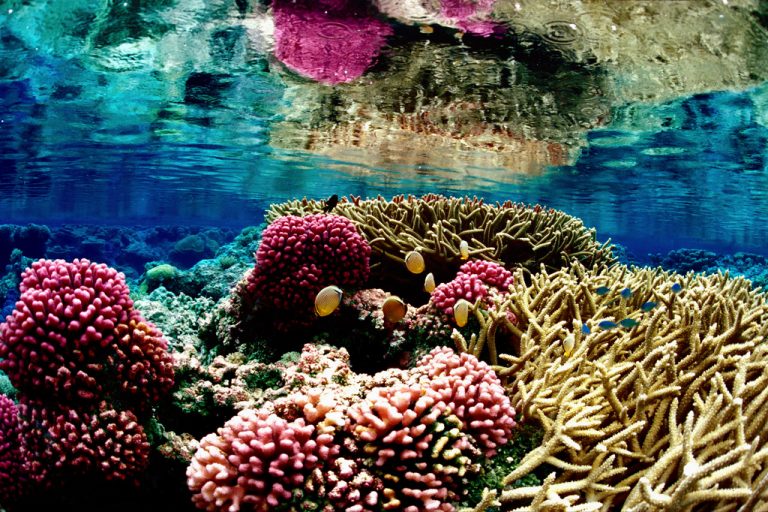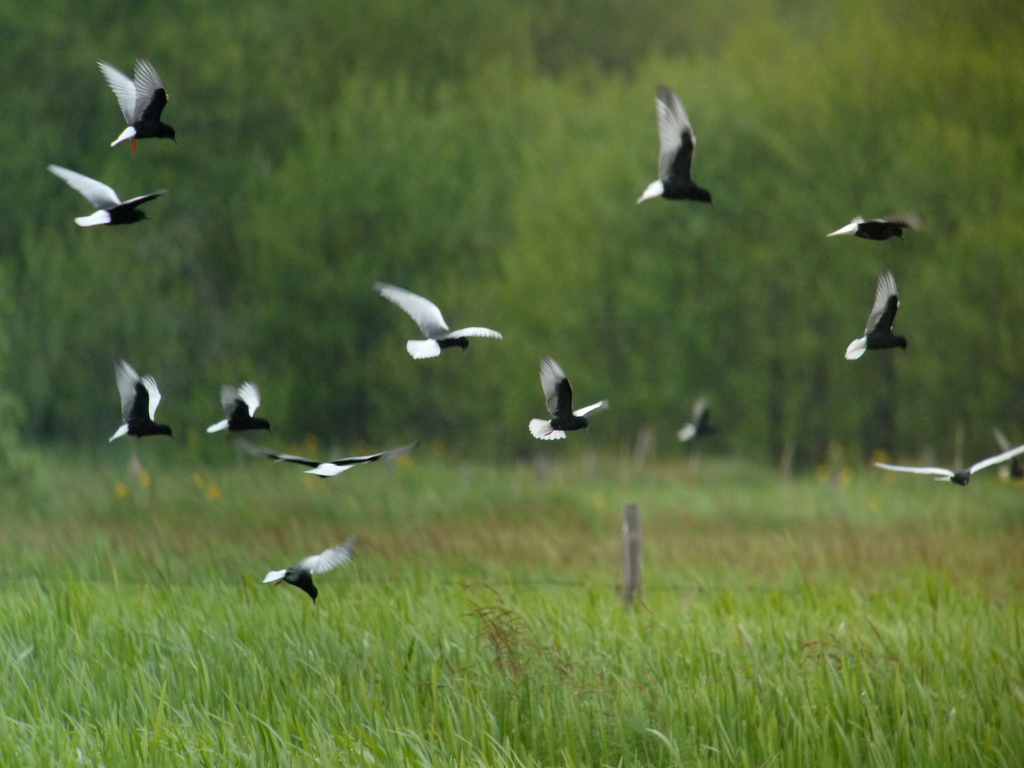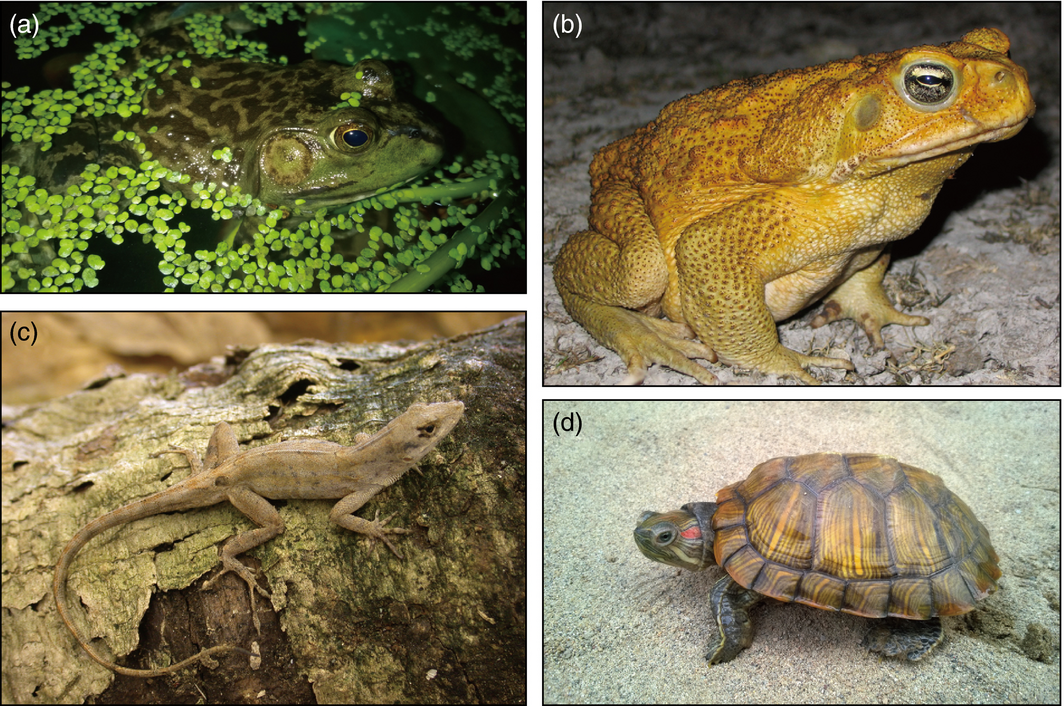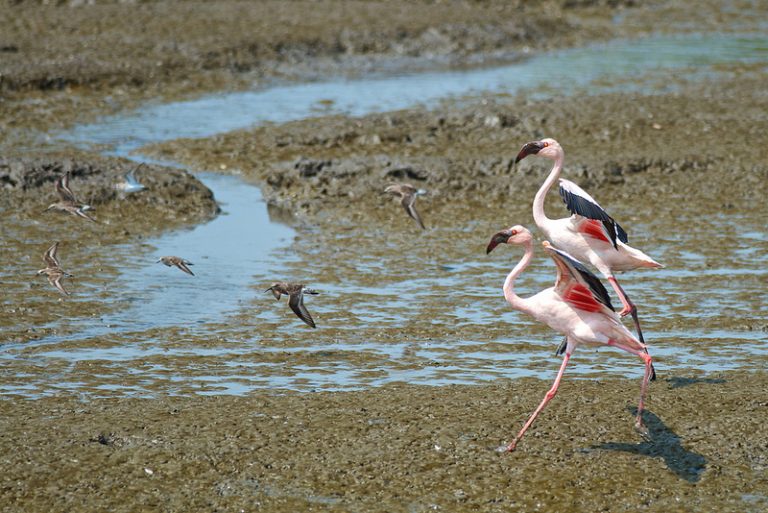
Fish biodiversity protects coral reefs
Science Bulletins: Fish Biodiversity Protects Coral Reefs from AMNH on Vimeo. In tropical coral reefs, plant-eating fish and other herbivores support the dominance of the living coral by eating seaweed. Also known as macro algae, seaweeds create energy from sunlight through photosynthesis, like plants, and support much of the life in the sea. But they also compete with young corals…



